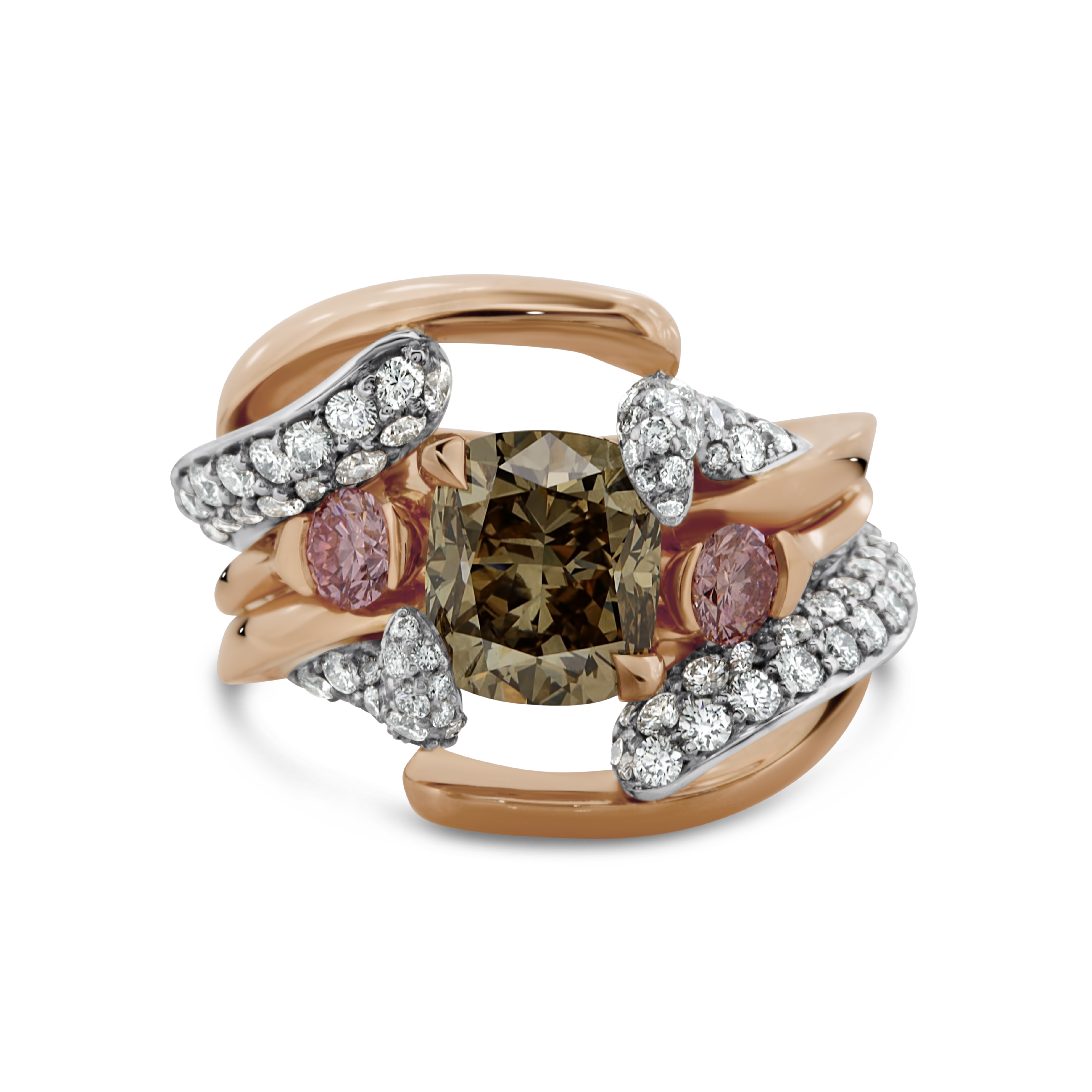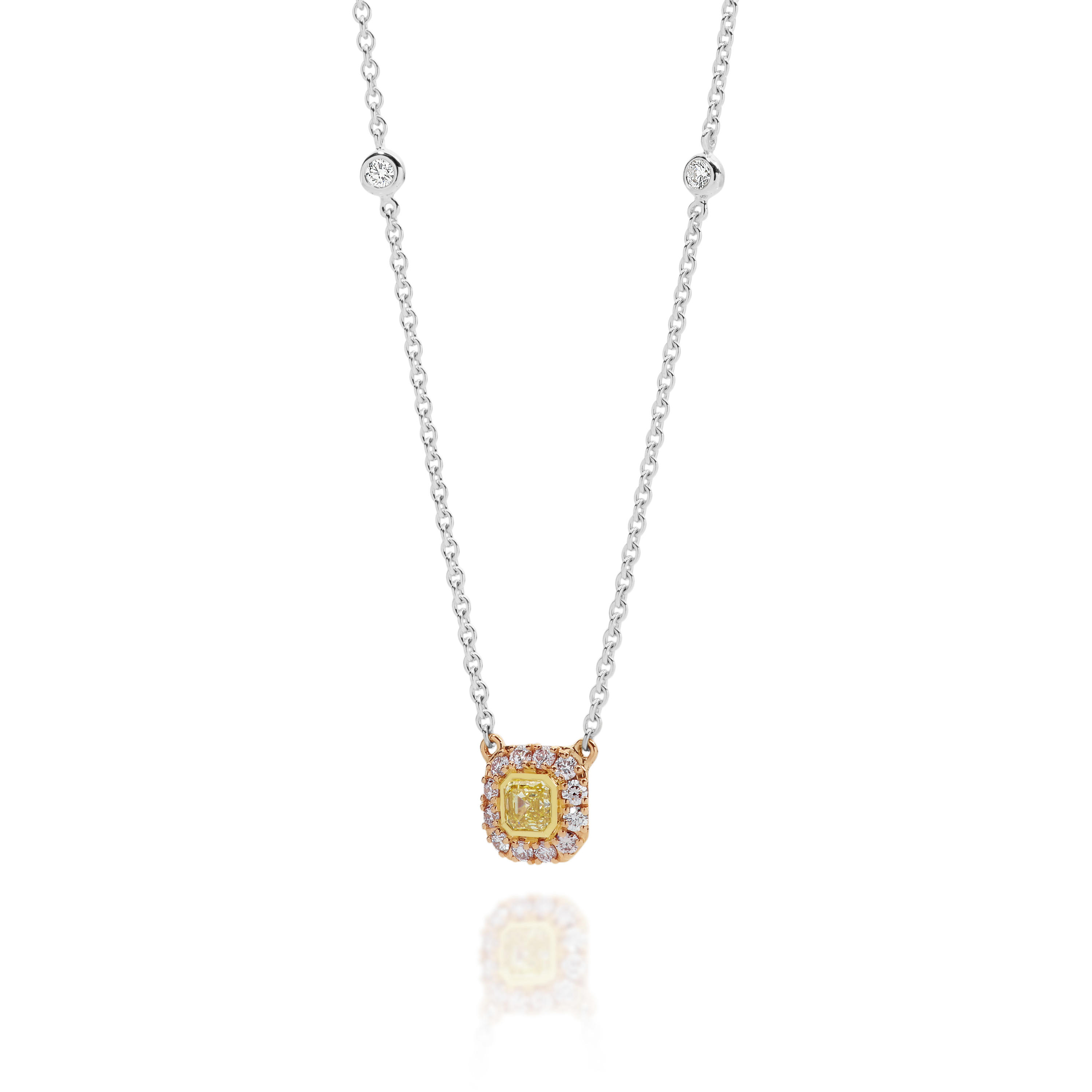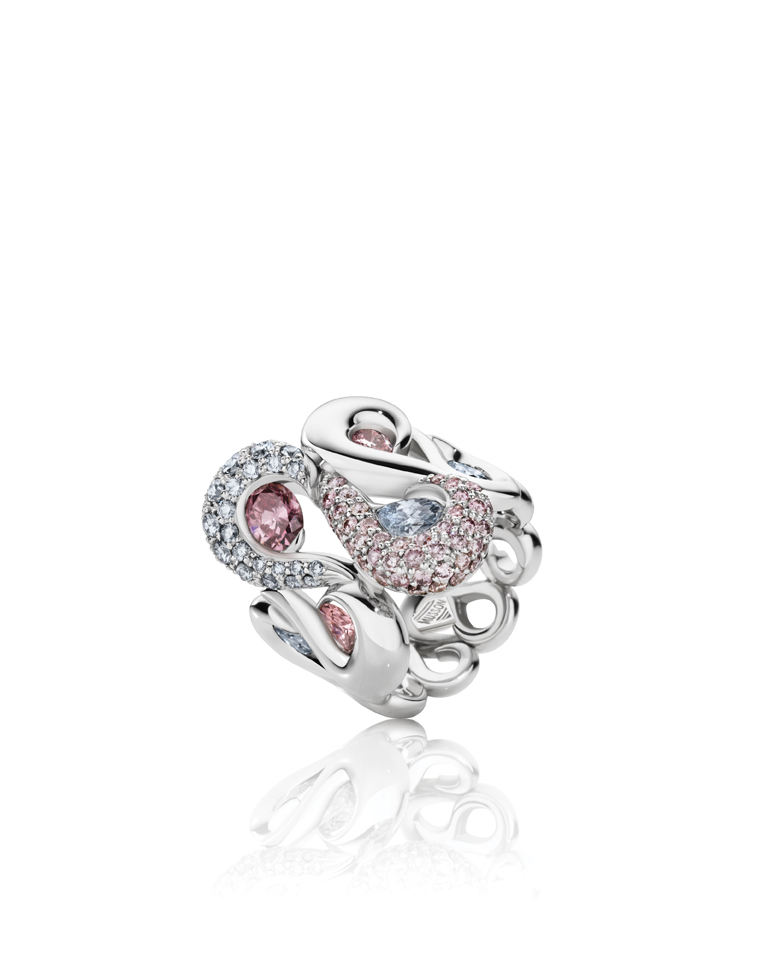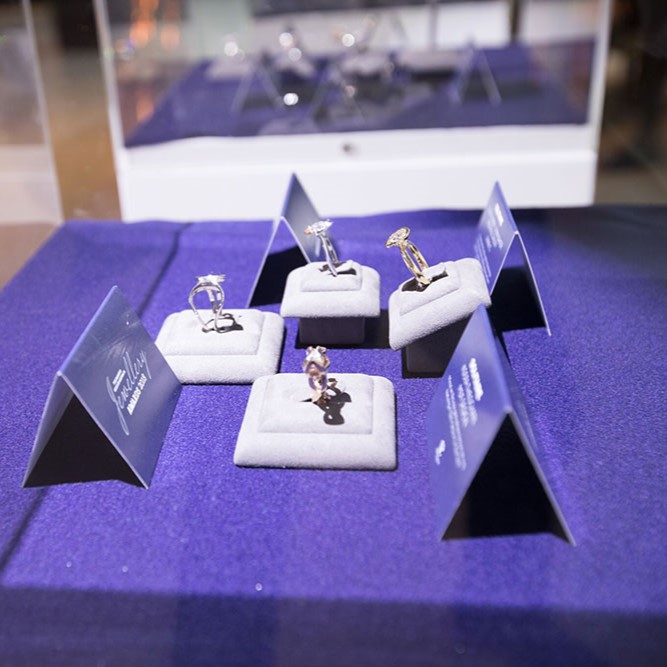There were a multitude of methods used to quantify and classify diamonds before the current diamond grading system was implemented. Diamonds were once graded using the letters A, B, and C to indicate their quality in the 1800s. By the late 1800s, diamond quality was denoted by numerals like as I, II, III, and IV, as well as AAA, AA, and A. Short descriptions were also employed to describe the quality of a diamond, but these descriptions differed by area. Quality control and diamond trading on a global scale were made difficult by the inconsistent signifiers.
The 4 C’s diamond grading method was established by the GIA (Gemological Institute of America) in 1953. The 4 Cs of diamond quality are a well-known diamond grading system that is still in use today. In 1955, GIA released its first diamond grading reports, which became the industry standard for grading reports.
The 4 Cs are the foundation of diamond grading: cut, clarity, colour, and carat weight. There are, however, multiple subcategories within each category. The Cut grade of a diamond, for example, is determined by structural features, facet angles, and stone proportions. Round cut, Princess cut, and Emerald cut diamonds all have different angles and proportions that are best suited to make the diamond dazzle. Diamond cutters are always looking for ways to improve these optimum proportions.












